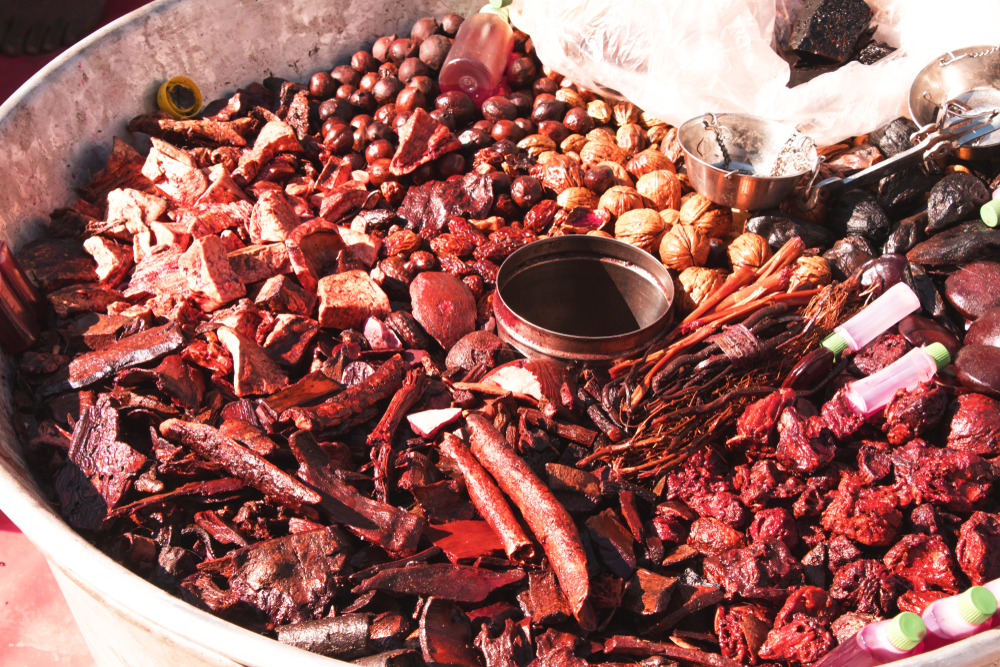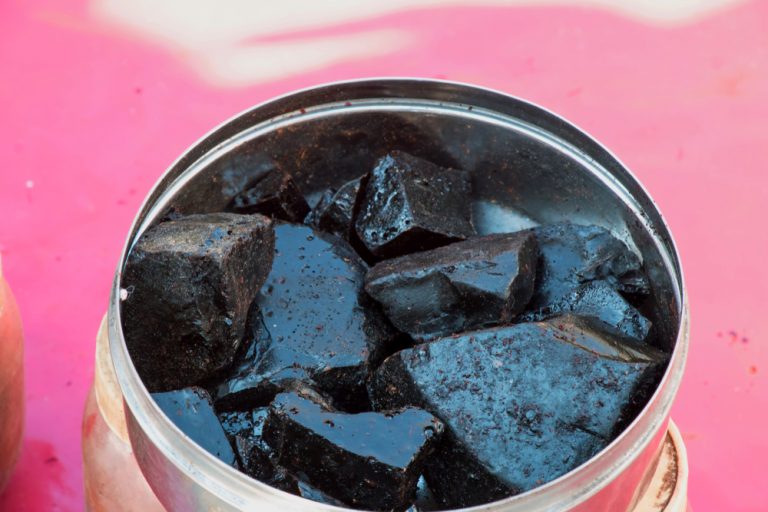Dietary supplements have undergone quite a major transformation over the years. Formerly mainly associated with protein or creatine, nowadays we find many intriguing products, very often associated with traditional methods of treatment. One of them is the Shilajit mineral, which for many may be a complete unknown. However, it is certainly worth take a look at and see what it can really offer us and of course what it is!
Shilajit - history
Shilajit, also known as shilajatu, mime or mummiyo, is a black-brown powder or exudate from high mountain rock. We find it especially in the Himalayas, but it was also discovered in Russia, Tibet and Afghanistan. Shilajit has been known and used for centuries in Ayurvedic medicine as a way of improving longevity of human organism. The healing properties of the minerals very often differ from each other and are dependent on the place of its extraction around the world.

Shilajit - molecular composition
Shilajit consists mainly of humic substances such as fulvic acid, which constitutes about 60% to 80% of the total nutraceutical composition, plus some oligoelements like selenium, which has anti-ageing properties. Other molecules that we can find in this Shilajit are:
- ellagic acid
- omega 3 fatty acids
- resin
- latex
- triterpenes
- sterols
- aromatic carboxylic acids
- amino acids
- polyphenols
- phenol lipids
As it was mentioned above, the molecular composition varies depending on the region of acquiring shilajit.
Shilajit - effect on health
We have already covered why longevity is often mentioned as one of the pros of the certain supplements.
Looking at how fulvic acid works, there is a good chance that the supplement will be useful in the prevention of Alzheimer's disease. Other typical diseases, which were cured with the use of traditional Shilajit are:
- jaundice
- digestive disorders
- enlarged spleen
- epilepsy
- neurological disorders
- chronic bronchitis
- anaemia
Shilajit was also useful in the treatment of kidney stones, oedema and haemorrhoids.
Shilajit and side effects
In the case of our mineral, the most important thing is not to eat it unless it has been pre-cleaned. However, there was also information about the fact that shilajit products available on the Internet may contain heavy toxic metals, and you certainly have to watch where we buy the Shilajit supplements. Despite this, it is believed that the mineral is generally safe to use and doesn’t bring any significant side effects with its usage.
Summary
Shilajit is certainly an interesting supplement about which we are hearing a lot of good or bad things (it works great, or it doesn’t work at all to be exact), depending on which of the researches will look at. If someone is looking for an interesting product that is supposed to stop the effects of ageing, you can think about adding Shilajit to your common supplementation.






